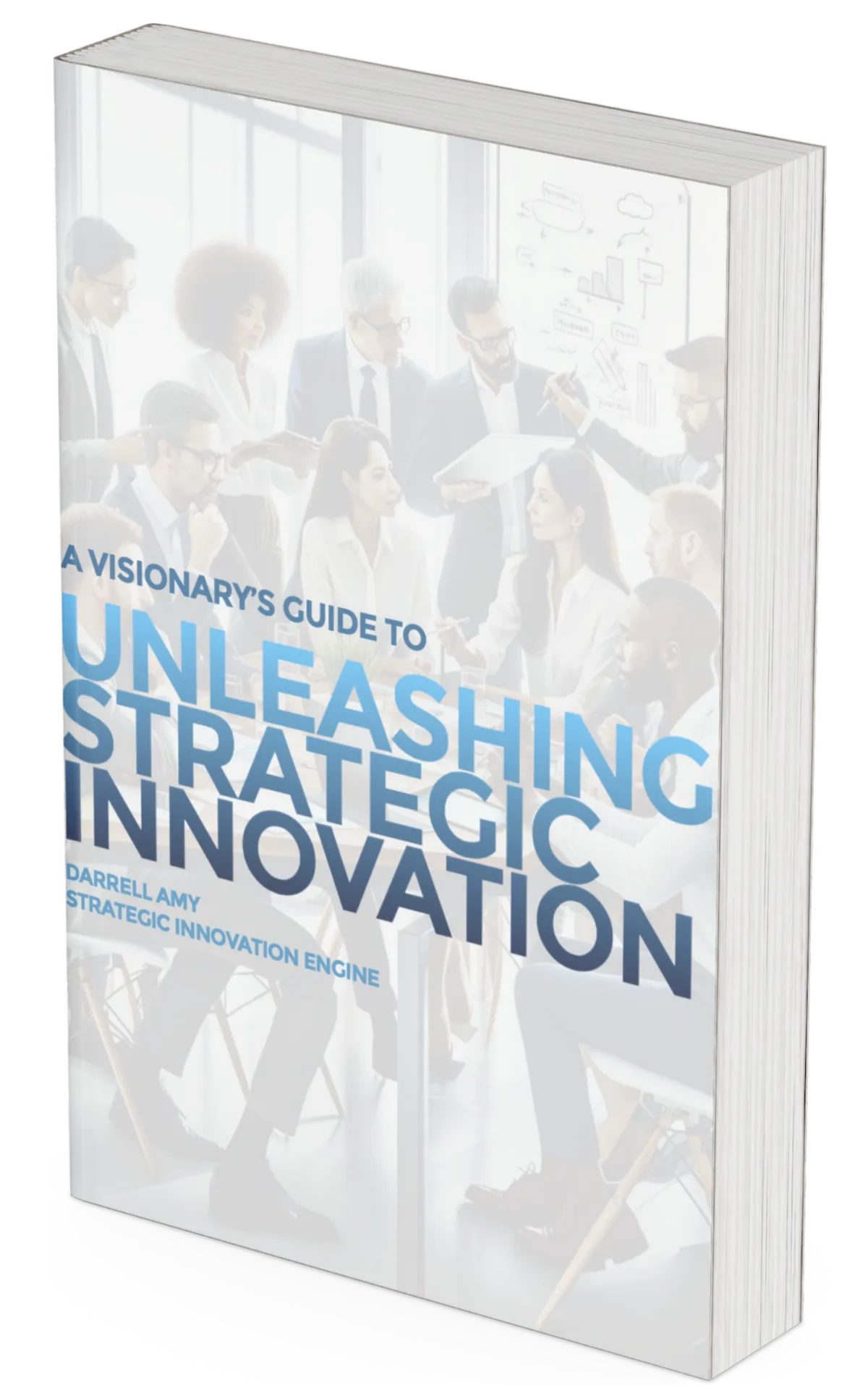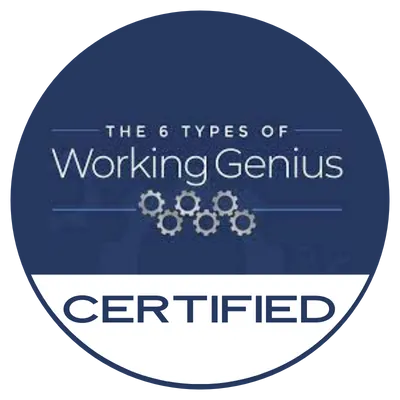
Optimizing Business Processes to Maximize Enterprise Value
At its core, every business operates through two key components: people and processes. While people drive creativity and execution, processes determine efficiency and scalability. For lower mid-market businesses aiming to break free from owner dependence, optimizing processes isn’t just beneficial—it’s essential. This article explores the concept of reengineering business processes and outlines five actionable steps to optimize them, unlocking new value and preparing your company for sustainable growth.
Why Process Optimization Matters for Lower Mid-Market Businesses
Lower mid-market companies often face a unique challenge: the business is heavily reliant on the owner for day-to-day operations, decision-making, and even customer relationships. While this hands-on approach can drive early success, it eventually becomes a bottleneck, limiting growth and creating risk. A company overly dependent on its owner struggles with scalability, transition planning, and long-term valuation.
Process optimization solves this problem by building a framework that enables the business to run smoothly without the owner’s constant involvement. It does this by:
Reducing Owner Dependence: Clearly defined and documented processes transfer knowledge and responsibility from the owner to the team.
Driving Scalability: Streamlined workflows ensure the business can handle increased demand without overwhelming the team or creating inefficiencies.
Enhancing Valuation: Potential buyers and investors value businesses that operate independently of the owner. Optimized processes demonstrate maturity, reducing perceived risk.
Fostering a Healthier Work Environment: When processes are clear, employees can perform with confidence, reducing frustration and improving morale.
By investing in process optimization, lower mid-market businesses position themselves for growth and prepare for successful transitions—whether through a leadership change, sale, or investment.
The Power of Process Reengineering
In their book Reengineering the Corporation, authors Michael Hammer and James Champy describe reengineering as “reinventing work.” Instead of making incremental tweaks, reengineering challenges businesses to scrutinize their workflows and start fresh. This bold approach identifies inefficiencies, eliminates redundancies, and creates innovative pathways to achieve operational excellence.
When applied to lower mid-market businesses, reengineering delivers three critical benefits:
Efficiency Gains: Eliminating waste drives sustainable profit improvements.
Team Empowerment: Simplified processes reduce frustration, enabling employees to perform at their best.
Business Independence: Well-documented, owner-independent workflows make the business more attractive to buyers or investors.
Five Steps to Optimize Your Processes
1:Identify Your Core Processes
Begin by listing the key workflows that drive your business outcomes. These processes may include:
Marketing and sales
Customer onboarding
Service delivery or manufacturing
Accounts payable and receivable
Financial reporting
Employee onboarding and training
Collaborate with your leadership team to brainstorm a comprehensive list. This creates a foundation for improvement.
2:Map Your Current Processes
Use flowcharts to outline each process, focusing on:
Steps involved and their sequence
Criteria for progressing to the next step
Responsible parties for each task
Time and resources consumed at each stage
This mapping exercise provides clarity and highlights inefficiencies in your current workflows.
3::Identify Issues and Inefficiencies
With your processes mapped, evaluate them for:
Bottlenecks: Where does progress stall? How can these barriers be reduced?
Redundancies: Are tasks duplicated unnecessarily? Can they be streamlined?
Manual Work: Can repetitive tasks be automated?
Errors and Risks: Which steps are error-prone, and how can risks be mitigated?
4:Implement Solutions
Develop and test solutions to address these issues. For example, automation tools like CRM software can reduce manual labor, while workflow redesign can eliminate bottlenecks. Start with pilot programs to ensure your changes are effective before scaling them across the organization.
5::Document and Train Your Team
Comprehensive documentation ensures consistency and knowledge transfer. Use platforms like Trainual.com or Whale.io to create accessible, up-to-date records of your processes. Provide team training to embed the changes into daily operations, ensuring your optimized processes become standard practice.
Make Process Optimization Part of Your Culture
Process optimization is not a one-time event; it’s an ongoing journey. Hammer and Champy emphasize, “Reengineering is not a one-time event; it is an ongoing process of continuous improvement.” This mindset is especially crucial for lower mid-market businesses looking to transition from owner-dependent operations to scalable, resilient enterprises.
When optimization becomes part of your company’s DNA, you gain:
The ability to scale efficiently.
A team empowered to operate independently.
Increased valuation, as buyers and investors see a well-run, low-risk operation.
By embracing process optimization, your business can unlock its true potential. Whether your goal is growth, succession, or an eventual exit, the journey starts with refining how your business works.
Take the first step today. Identify your core processes. Streamlined processes mean a stronger, more valuable business tomorrow!
Originally published on Darrell Amy's LinkedIn.
FREE BUSINESS VALUATION
Large Call to Action What is Your Business Worth?
You can Discover the Value of Your Business in Less than 20 Minutes!
Join 70,000 business owners and get your score on the 8 Factors That Drive Your Company’s Value, a comprehensive analysis of your score and a detailed action plan for how to improve your score on each.

DISCOVER HOW YOUR COMPANY CAN UNLEASH STRATEGIC INNOVATION
Attract, engage, and retain top talent
Integrate new technologies like AI
Build competitive advantage
Create profitable growth
"Wow! This is incredibly powerful! My integrator needs to see this right away.
Chris C.
Visionary and CEO


We run our business on EOS
We run our business on EOS



